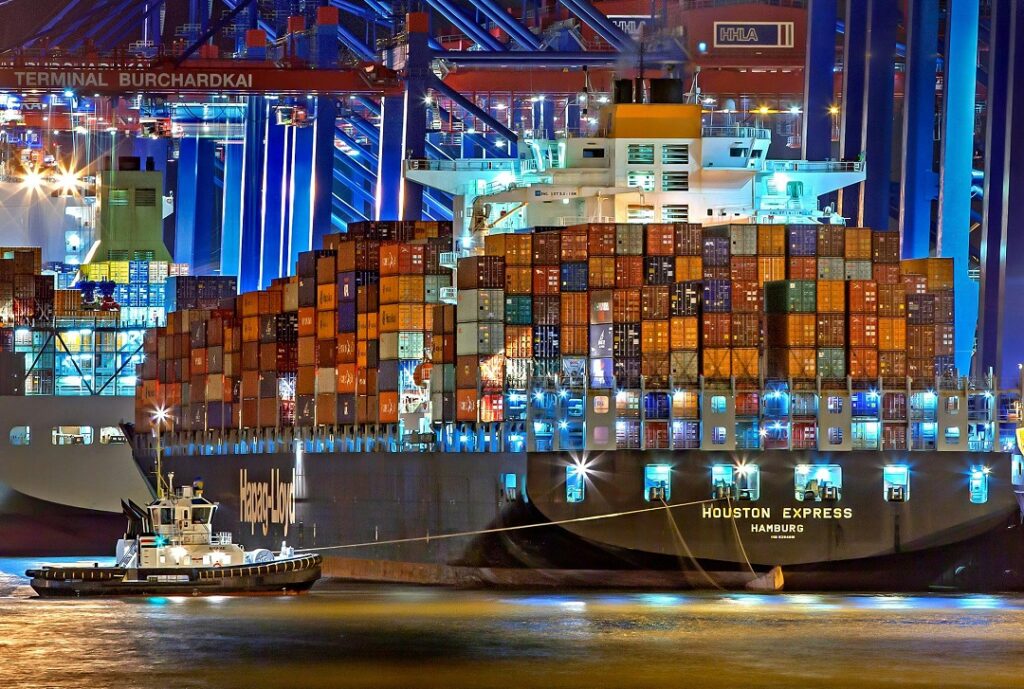But what is a trade war? At its core, it’s an economic battle where countries impose tariffs or trade barriers against each other, leading to cycles of retaliation. From higher consumer prices to disrupted supply chains, these conflicts reshape industries, strain diplomatic relations, and even alter the course of global markets.

On April 9, 2025, the United States implemented a 125% tariff on Chinese goods, while China responded with an 84% tariff on American goods.
Since the onset of Trump’s initial trade war with China in 2018, Beijing has significantly expanded its trade relations with other nations, reducing its reliance on the United States.
In May 2024, the Biden administration announced sweeping new tariffs on $18 billion worth of Chinese imports, targeting electric vehicles (100%), solar cells (50%), and advanced semiconductors (50%). This marked the fifth major escalation in the U.S.-China trade war since 2018—a conflict that has already cost the global economy over $1 trillion in lost GDP.
Here’s what you need to know about how trade wars start, who they impact, and why they’re becoming harder to avoid.
What Causes Trade War?
Trade wars don’t emerge overnight—they’re often the result of deep-seated economic and political tensions. Key triggers include:
- Protectionism
Governments impose tariffs to shield domestic industries from foreign competition. Example: The U.S. steel tariffs (25%) under Trump in 2018. - Trade Deficits
When one country imports far more than it exports, leaders may retaliate. The U.S. goods deficit with China was $382 billion in 2023 (U.S. Census Bureau). - National Security Concerns
The 2024 Biden tariffs specifically targeted China’s green tech and AI sectors, citing overcapacity and military-civil fusion risks. - Historical Precedents
The infamous Smoot-Hawley Tariff Act (1930) worsened the Great Depression by slapping tariffs on over 20,000 imported goods.
Major Trade Wars in Modern History
1. U.S. vs. China (2018-Present)
- $550+ billion in goods hit by tariffs (including 25% on tech and machinery).
- Phase 1 Deal (2020): China pledged to buy $200B more in U.S. goods—but fell short by 40%.
- 2024 Escalation: Biden’s EV tariffs aim to block China’s auto industry from global markets.
2. U.S. vs. EU (2002-2023)
- Steel/Aluminum Tariffs: 25% on EU metals in 2018; finally lifted in 2023.
- Boeing-Airbus Dispute: $7.5 billion in tariffs imposed over illegal subsidies.
3. U.S. vs. Japan (1980s)
- Auto import quotas and semiconductor bans crippled Japan’s export boom.
What is 2024 Tariff Surge: What’s New?
The latest U.S.-China tariffs signal a shift from broad trade penalties to targeted tech containment:
- EVs: 100% tariff (up from 25%) blocks China’s surging electric car exports.
- Semiconductors: 50% tariff on chips critical for AI and military tech.
- Batteries/Solar: 25-50% hikes to protect U.S. clean energy startups.
China’s Response:
- Anti-dumping probes on U.S. propionic acid (used in food preservatives).
- Threats to restrict rare earth mineral exports (key for electronics).
Who Pays the Price? Consequences of Trade Wars
Consumers
- U.S. tariffs cost households $1,300 annually (Tax Foundation, 2023).
- Chinese EVs (like BYD’s $12,000 Seagull) will stay out of America.
Businesses
- Winners: Mexico, Vietnam (Apple shifted 20% of iPhone production to India by 2024).
- Losers: U.S. soybean farmers lost $20 billion during China’s 2018-20 boycott.
Global Economy
- The IMF warns trade fragmentation could slash world GDP by 0.8% in 2025.
Case Study: Soybean Farmers Caught in the Crossfire
In 2018, China’s 25% tariff on U.S. soybeans caused exports to crash 75% overnight. Prices plummeted 20%, bankrupting farms. Though the Phase 1 deal promised relief, China never resumed pre-trade war purchase levels.
Result: Brazil now supplies 80% of China’s soybeans, while U.S. farmers rely on government bailouts.
Can Trade Wars Be Stopped?
The World Trade Organization (WTO) has been sidelined—its appellate court paralyzed since 2019 by U.S. vetoes. Alternatives include:
- Friendshoring: Biden’s Indo-Pacific Economic Framework (IPEF) incentivizes supply chains away from China.
- Localization: TSMC’s $40 billion U.S. chip factories hedge against Taiwan risks.
What’s Next?
Trade war is no longer just about tariffs—they’re about controlling the technologies of the future (AI, quantum computing, green energy). As U.S. Trade Representative Katherine Tai stated in 2024: “We’re playing the long game.”
For businesses, diversification is key. For consumers, brace for higher costs. And for policymakers? The stakes have never been higher.
✅ $1.7 trillion: Global trade hit by tariffs since 2018 (UNCTAD)
✅ 4x: Increase in U.S. tariffs on China since 2018
✅ 100%: New U.S. tariff rate on Chinese EVs